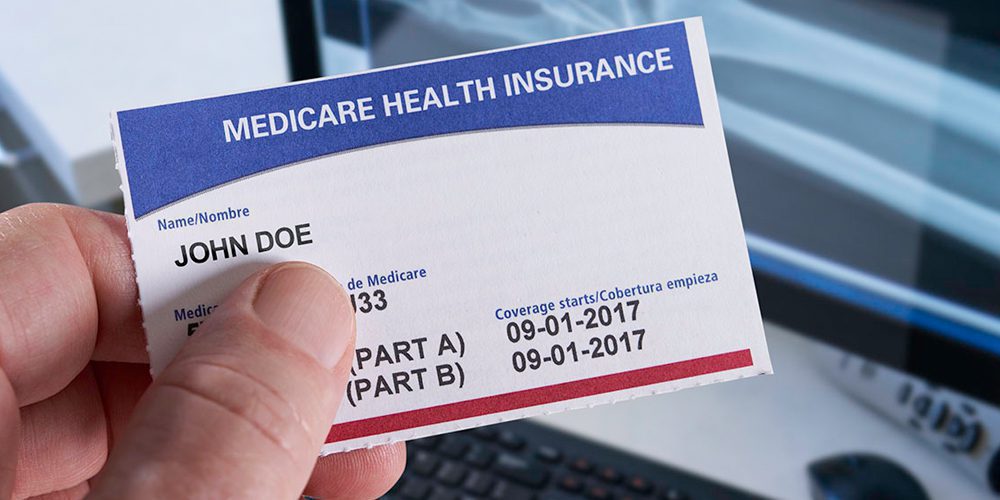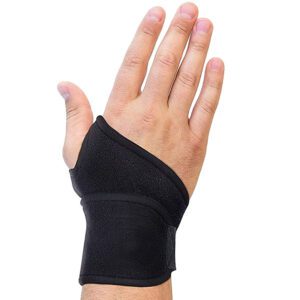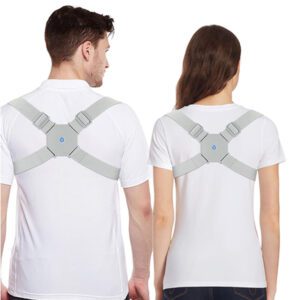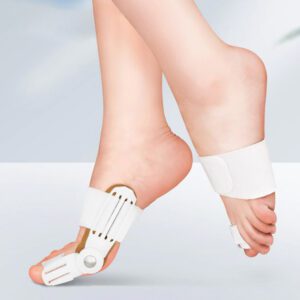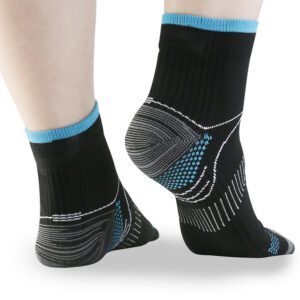Millions of Americans suffer from poor blood circulation, swelling, and other medical conditions that can be improved with the use of compression socks or stockings. But oftentimes, the high cost of custom-made compression garments puts them out of reach for many people. In this article, we will explore whether or not Medicare will cover the cost of these helpful devices. And options if Medicare does not pay for your compression socks. So let’s dive right into the nitty gritty and see how we can help you getting a pair of compression socks soon.
What are compression socks and why do you need them
Compression socks are garments that are worn around the foot and calf to provide support and increase blood circulation. They are often used by people who suffer from conditions such as bad blood circulation, swelling, spider veins, varicose veins, lymphedema, chronic venous disease (CVD), and certain types of injuries. They can also be helpful in the recovery process after surgery.
Compression socks work by applying pressure to the foot and calf. This pressure helps to improve blood circulation, reduce swelling, and prevent the formation of blood clots. Additionally, compression socks can help to reduce the pain and discomfort associated with these conditions.
Do you need a prescription for compression socks?
Whether you need a prescription for compression socks depends on the compression level you need. Compression levels measure in mmHg (millimeters of mercury) and range from mild (15-20 mmHg) to extra-firm (40-50 mmHg).
Mild and medium-level compression socks are available over the counter and do not require a prescription. However, if you need anything more than 30 mmHg of compression, you will need to get a prescription from your doctor.
Custom-made vs. off-the-shelf
There are two main types of compression socks: custom-made and off-the-shelf. Custom-made compression socks are made to fit your specific measurements, while off-the-shelf socks come in a range of sizes.
Custom-made compression socks are generally more expensive than off-the-shelf socks. However, they will provide you with a better fit, which can lead to better blood circulation and more comfort. If you are unsure about what size to get, you may want to consult with a medical professional before making a purchase.
If your doctor prescribes your compression socks, they will likely give you a prescription for a specific brand and type of socks. However, if you are looking for compression socks on your own, there are many different brands and types to choose from. Do some research to find the best option for you.
How much do compression socks cost?
The cost of compression socks varies depending on the type, brand, and compression level you choose. Custom-made socks will generally be more expensive than off-the-shelf socks.
Mild to moderate compression socks typically cost between $15 and $50 per pair. If you need a higher compression level, you can expect to pay between $50 and $100 per pair.
Custom-made compression stockings can easily cost a couple of hundred dollars.
Medicare coverage for compression socks
Will Medicare pay for your compression socks? The answer to this question depends on the reason why you need compression stockings. In most cases, you will need a prescription from your doctor in order to get Medicare coverage for compression socks. This is because Medicare considers compression socks to be medical devices, and as such, they must be prescribed by a physician for a specific medical condition in order to be covered.
If you have a valid prescription, Medicare will cover the cost of both custom-made and off-the-shelf compression socks. Custom-made socks are typically more expensive than off-the-shelf socks, but they will provide a better fit and greater comfort. If you have a medical condition that requires the use of compression socks, your doctor will be able to advise you on which type of sock would be best for you.
If you do not have a prescription for compression socks, you may still be able to get coverage through Medicare Part B. Part B is a supplemental insurance plan that covers certain medical devices and supplies. To see if you qualify for coverage under Part B, you will need to contact your local Medicare office.
What if I don’t have Medicare?
If you do not have Medicare, there are still options available to help you cover the cost of compression socks. Many private insurance plans will cover the cost of compression socks if you have a valid prescription. You can also check with your state or local government to see if there are any assistance programs available to help you cover the cost of medical supplies.
If you are unable to get coverage through Medicare or private insurance, there are a number of charities and non-profit organizations that may be able to help you cover the cost of compression socks. The American Red Cross, for example, has a program called Health Equipment Loan Program (HELP) that provides free or low-cost medical equipment to those in need.
How to get custom-made compression socks without breaking the bank
If you need custom-made compression socks but are worried about the cost, there are a few things you can do to help offset the expense.
Many manufacturers of compression socks offer discounts for those who purchase multiple pairs. If you know you will need to use compression socks on a long-term basis, it may be worth investing in multiple pairs.
You can also check with your local Medicare office to see if they offer any discounts or assistance programs for those who need custom-made compression socks.
Finally, there are a number of financial assistance programs available through charities and non-profit organizations. The American Red Cross, for example, has a program called Health Equipment Loan Program (HELP) that provides free or low-cost medical equipment to those in need.
On the other hand, maybe you just don’t need your compression socks to be custom-made. We heard dozens of stories from customers who had back luck with custom-made socks or stockings and are a lot happier with our ankle or calf-high compression socks that are made to fit snugly and provide a great amount of compression to the targeted area. This is called graduated compression. Over-the-counter compression socks, such as those that you can find here are awesome alternatives. And the best thing is, they come at incredibly low prices, affordable for everyone.
Compression sock tips for people with poor blood circulation or swelling
If you have poor blood circulation or are prone to swelling, it is important to choose a compression sock with a high level of compression. A higher level of compression will help to increase blood flow and reduce swelling.
It is also important to make sure that the sock fits snugly but is not too tight. If the sock is too tight, it can actually make your condition worse by restricting blood flow.
Finally, you will want to make sure that you choose a sock made from a breathable material. This will help to keep your feet cool and dry and will prevent the socks from becoming too hot and uncomfortable.
Firm compression socks are hard to put on and off. That’s a fact. And though there is no way around this, there are a couple of tips and tricks you can apply to make your life a lot easier:
Put your socks on before you get dressed in the morning: This will give you time to adjust to the feeling of the compression and will also prevent you from having to pull your socks up over your clothes. Another benefit is that your legs are likely to be the least swollen first thing in the morning, making it easier to get your socks on.
Use a donning aid: There are a number of devices on the market that can help you put on your compression socks. These include donning gloves, donning aids, and stocking butlers.
Use a sock aid: A sock aid is a small, handheld tool that can help you pull your socks on without having to bend over. You can find sock aids at most medical supply stores or online.
Cream your legs before putting compression socks on: This will help to lubricate your skin and make it easier to slide the socks on. You can use a variety of lotions or creams, but we recommend a product like megaLotion, which was specifically designed for use with compression garments.
Dry your legs carefully after showering: Make sure to dry your legs thoroughly before putting on your compression socks. Otherwise, the dampness will make it more difficult to slide the socks on and can also lead to skin irritation.
Use a chair: Sit down before putting on your socks. This will make it easier to reach your feet and will also prevent you from having to bend over.
Ask for help: If you have trouble putting on your socks, don’t hesitate to ask for help. A friend or family member can usually get the job done much more quickly than you can.
Takeaways
Compression socks are an important tool for many people with medical conditions that affect their legs. If you are in need of compression socks, talk to your doctor to see if they can prescribe a pair for you. If you have Medicare, you may be able to get coverage for the cost of your socks. And if Medicare does not decide to pay for your compression socks, there are also a number of charities and non-profit organizations that may be able to help you cover the cost of compression socks if you are unable to get coverage through Medicare or private insurance.
If you have any questions about compression socks or would like help finding a pair that is right for you, please don’t hesitate to contact us. We are always happy to help.
As always, please use the comments function to tell us about your experiences with compression socks. Did you have an outstanding experience with your healthcare provider? How did or do custom-made compression stockings work for you? Or simply share your opinion with us and our other readers. We appreciate your input.





